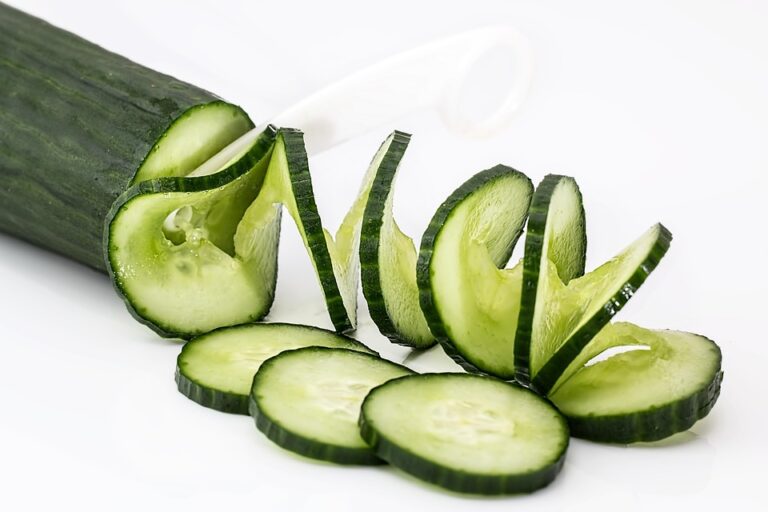
Exploring the Common Types of Grain-Free Dog Food: A Guide for Pet Owners
The decision to venture into the realm of grain-free dog food is one that many pet owners ponder over. With the rising trend towards grain-free diets, it’s essential to sift through the myriad of options available. Why choose grain-free in the first place? The answer often lies in the individual needs of our furry friends. Some dogs exhibit sensitivities to grains, while others may simply flourish on a meat-centric diet. So, what types of grain-free dog food are out there? Let’s delve deeper.
1. The Protein-Packed Options
When considering grain-free options, one cannot overlook the plethora of protein sources available. Meat, fish, and poultry are the cornerstones of these diets. High-quality ingredients such as chicken, beef, lamb, and salmon are not just staples; they’re essential for maintaining muscle mass and overall vitality.
Interestingly, a study by the University of California found that diets rich in animal protein can enhance a dog’s coat condition and energy levels. Yet, pet owners must remain vigilant. Not all proteins are created equal; sourcing from reputable brands that emphasise transparency in ingredients is crucial.
2. Vegetable and Legume Alternatives
As we explore further, it becomes clear that grains are often replaced by an assortment of vegetables and legumes. Sweet potatoes, peas, and lentils have emerged as popular substitutes. These ingredients not only provide carbohydrates but also bulk up the diet with essential vitamins and minerals.
However, a question lingers: Are legumes as beneficial as they seem? Some experts caution against an over-reliance on legumes, citing potential links to canine dilated cardiomyopathy (DCM). This controversial topic is still under investigation; thus, moderation and variety should guide your choices.
3. Understanding the Nutritional Balance
Is grain-free simply a trend or a necessity? While some dogs thrive on grain-free diets, others may require a more balanced approach. It’s vital to consult with a veterinarian, particularly when transitioning from a traditional diet. The right balance of fats, proteins, and carbohydrates will ensure your dog receives all the nutrients they need without any deficiencies.
Moreover, keep an eye out for added supplements. Omega fatty acids, probiotics, and antioxidants can significantly enhance the nutritional profile of grain-free foods. Brands that incorporate these into their formulas often stand out in the competitive market.
4. The Price Point Dilemma
It’s worth noting that grain-free dog food often comes with a heftier price tag. This raises a pertinent question: are we paying for quality or marketing? While premium brands may boast superior ingredients, budget-friendly options can also provide adequate nutrition if chosen wisely. Reading labels and understanding what you’re purchasing is vital.
Additionally, bulk buying or subscribing to brands can alleviate some financial strain while ensuring your canine companion continues to enjoy a nutritious diet.
A Thoughtful Approach to Dog Nutrition
Navigating the world of grain-free dog food can be daunting but rewarding. Each dog is unique, and their dietary needs should reflect that individuality. By considering protein sources, the role of vegetables, and maintaining nutritional balance, pet owners can make informed choices that cater to their furry friends’ health.
As you embark on this journey, remember that BargainsTrust continues to bring you curated selections of quality pet products. Whether you’re seeking the latest grain-free options or simply hoping to enhance your dog’s diet, you’re sure to find valuable insights to guide your purchases.






